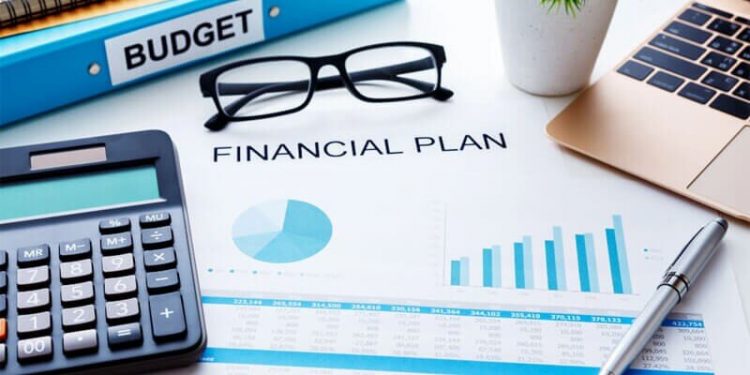In the first part of this article we looked at three aspects of financial planning: Building an improved business foundation, Cash flow management, and Risk management, while the second part is on leveraging technology, investing in growth and finally regularly reviewing and adapting.
As an SME our business need to be growth-enabled in order not to activate liquidation mode. We have to effectively and intentionally plan our finance as it helps us navigate uncertainty and build resilience.
We will delve into the part two:
- Leveraging Technology for Financial Planning
In this 20th century, technology plays a vital role in improving financial planning. As SMEs, we need to integrate the use of accounting software, expense-tracking apps, and financial dashboards to monitor real-time financial data, identify trends, and make informed decisions quickly. This will require we upgrade our staff’s ability to input reports on a timely basis to allow us free up time for strategic planning purposes. Let’s talk about accounting software and expense-tracking apps.
- Accounting software: This is a program written to give you a timely update on your financials in a timely manner, while reducing human errors with less staff strength. These have the following features depending on the size of the business:-
- Bookkeeping, which takes care of income, and expenses and tracks transactions,
- Invoicing- generates invoices for the customers,
- Bank Reconciliation- where you match transactions to your bank statements
- Tax management – you are able to generate your tax reports needed for filing
- Financial reporting- This consists of 3 main reports, your balance sheet, income statement, and cash flow.
- Payroll Management: This takes care of the human resources department of the business.
- Budgeting and Forecasting- you are able to budget and build future scenarios for the business growth.
- Expense-tracking Apps. This has the feature of tracking your income and expenses on a monthly basis.
This software can be built specifically for the business, or you can subscribe to a cloud-based app.
- Investing in Growth.
While in a VUCA economy growth may seem discouraging but as SMEs this is the best time to invest in growth. We can focus on the below-listed areas to build for the long term. These are as follows:
- Focus on our strength: We should immediately carry out a SWOT analysis for our business. The S –stands for Strength of which is why we are still in business
- Adopt an agile practice: We need to have a customer-centric approach by engaging your customers regularly, continuously improving our products and services and setting up a feedback loop system that will allow you to hear from your customers
- Diversify revenue streams: We need to look at our products and services, where we can add complementary products to reduce the risk of over-dependence on a single product and explore new markets that can give you additional income.
- Leverage strategic partnerships: We as business needs to look at our partnerships in order to profile them with a strategic mindset.
- Regular Review and Adaptation
Finally, in a volatile environment, financial plans must be dynamic. SME owners should review four distinct areas namely: up skilling your workforce, customer service enhancements, branding, and sustainable practices, and making adjustments as needed to reflect changes in the business landscape. Flexibility and adaptability are key to survival in a VUCA economy.










